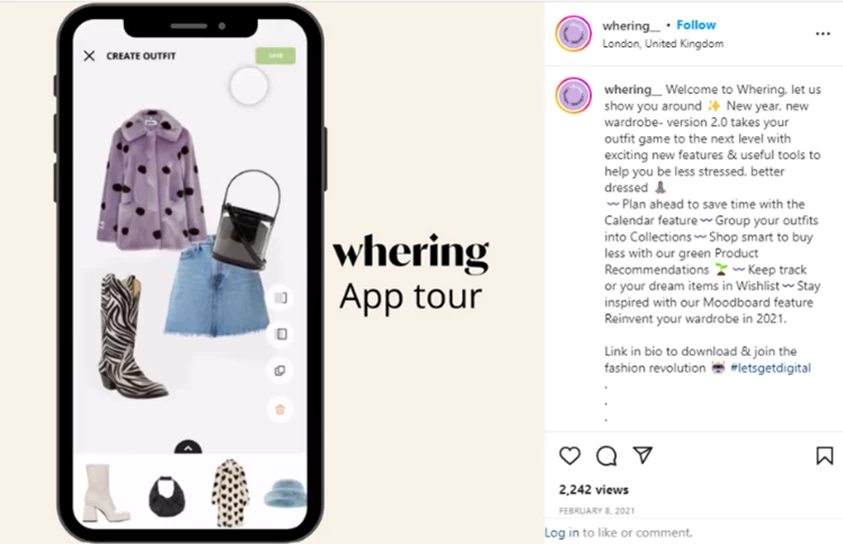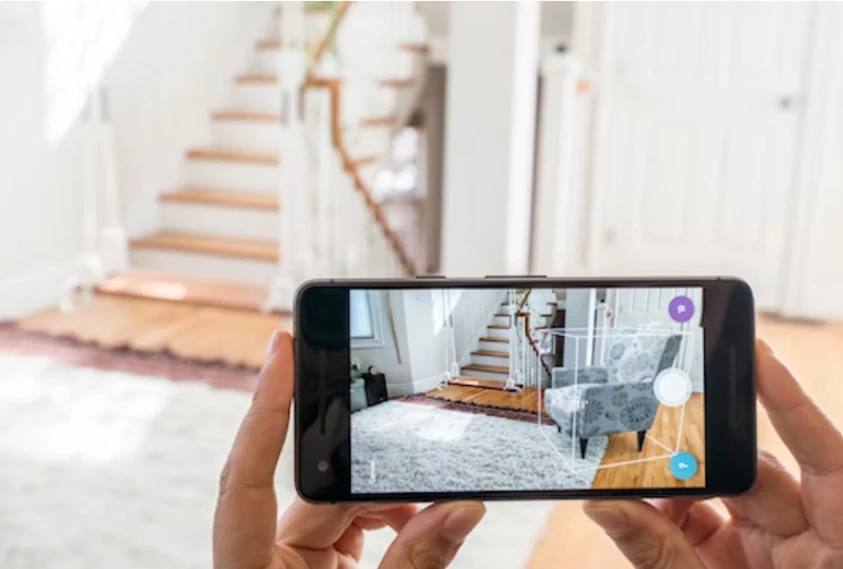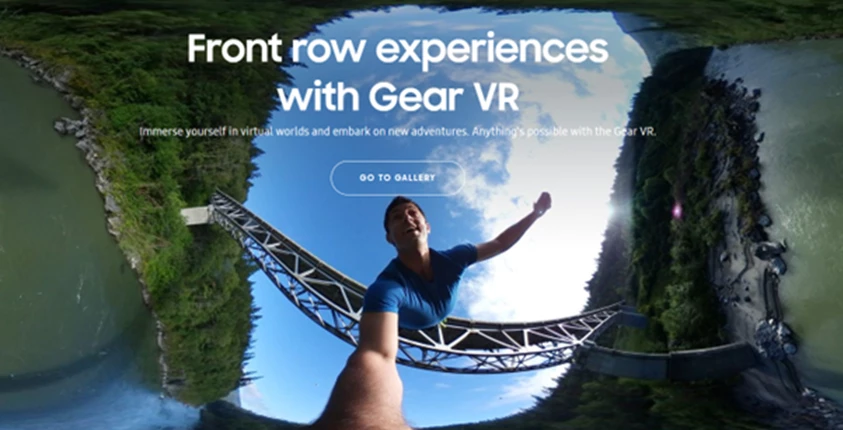What is AR and VR
What if I told you that you were able to take a virtual tour of a hotel room before even leaving the comfort of your own home. Or that Cher’s Horowitz’s virtual wardrobe in the film ‘Clueless’ was not just reserved for the CGI effects of the 90s. Thanks to the growing enhancement of virtual and augmented reality technologies, these ideas have now become our normality.
Most people will now be familiar with the terms VR and AR, however, may use interchangeably without knowing the difference. To clarify, the term VR – Virtual Reality takes the user and transports them to a three-dimensional virtual interactive world, to experience things which they may not be able to do so in the Physical world. Whilst AR – Augmented Reality will use the technology and inject this into the physical world, thus augmenting the view around them.
Little did you know that these types of technology already surround us on an everyday occurrence. For example, many TikTok filters use augmented reality to change the view right in front of us and as mentioned before we already have a clothing App to allow us to virtually choose our clothes. Let’s not forgot the chokehold that Pokémon Go had on everyone way back in 2016.

AR within the marketing industry
With new technology becoming available and platforms seeing a seismic shift from how users consume media, customers want brands to deliver a unique experience that allows them to be apart of the journey.
This means it is important that marketers keep pace with new advances to meet customer expectations and deliver the best possible experiences.
In the world of augmented reality, AR Apps are very prominent within the furniture/home décor industry. Two very known examples of this are with Ikea Place and Wayfair’s “View in Room 3D”.
So what do these apps actually do? Without the need of leaving the house, potential customers only need to stand in the room of where they want to add the furniture item. Using their phone camera AR app allows you to view the item as if it is already in the room. This means they can view the furniture to scale without the need of measuring the area before buying the item, or blindly hoping it will fit when you take it home.

VR within the marketing industry
Just like AR, virtual reality is also seeing an explosive growth. When people think of VR they often think of the well know VR Headset used for gaming. However, this is transforming to take many different forms.
Instead of watching your favourite film or t.v series, virtual reality takes it up a notch by placing you in that realm of reality. Samsung’s Gear VR has access to the two biggest streaming services Netflix and Hulu – imagine being apart of the upside down in stranger things.
It doesn’t stop there; VR’s main unique selling point revolves around experiencing. Now with Gear VR you can even go skydiving – virtually.

This brings us back to the idea of customers being apart of the user journey. Brands such as Etsy have created a virtual home which allows potential customers to ‘Walk through’ a house filled with Etsy items. Much like walking into a retailer shop and viewing products; this offers the same capabilities, with the added customer service experience. Rather than walking up to worker and asking for more information in the virtual home you can hover over the item and this will provide you with additional information and link to purchase the item.
The Future of AR and VR within Marketing
In conclusion, what we can gather from both augmented and virtual reality is that brands want to enhance the customer journey experience, either by bringing the customers to the product or the product to the customer.
As more companies produce more products and ways to consume virtual content, the user base will continue to grow.
However, the real secret to making a great AR or VR campaign is simplicity. The technology itself is already complicated, therefore, the campaign itself should be simple to understand.
A great example of this is the snapchat singing hotdog. A simple filter where the hot dog will appear in the real world, even interacting with real-life objects. Back in 2017 this became a viral sensation and everyone was using this filter on snap chat. However, at the end of the day the campaign itself was a simple character that they created.
Whether the future of AR and VR marketing means creating a brand character or a virtual pop up event for the brand products. The virtual world is your oyster.
